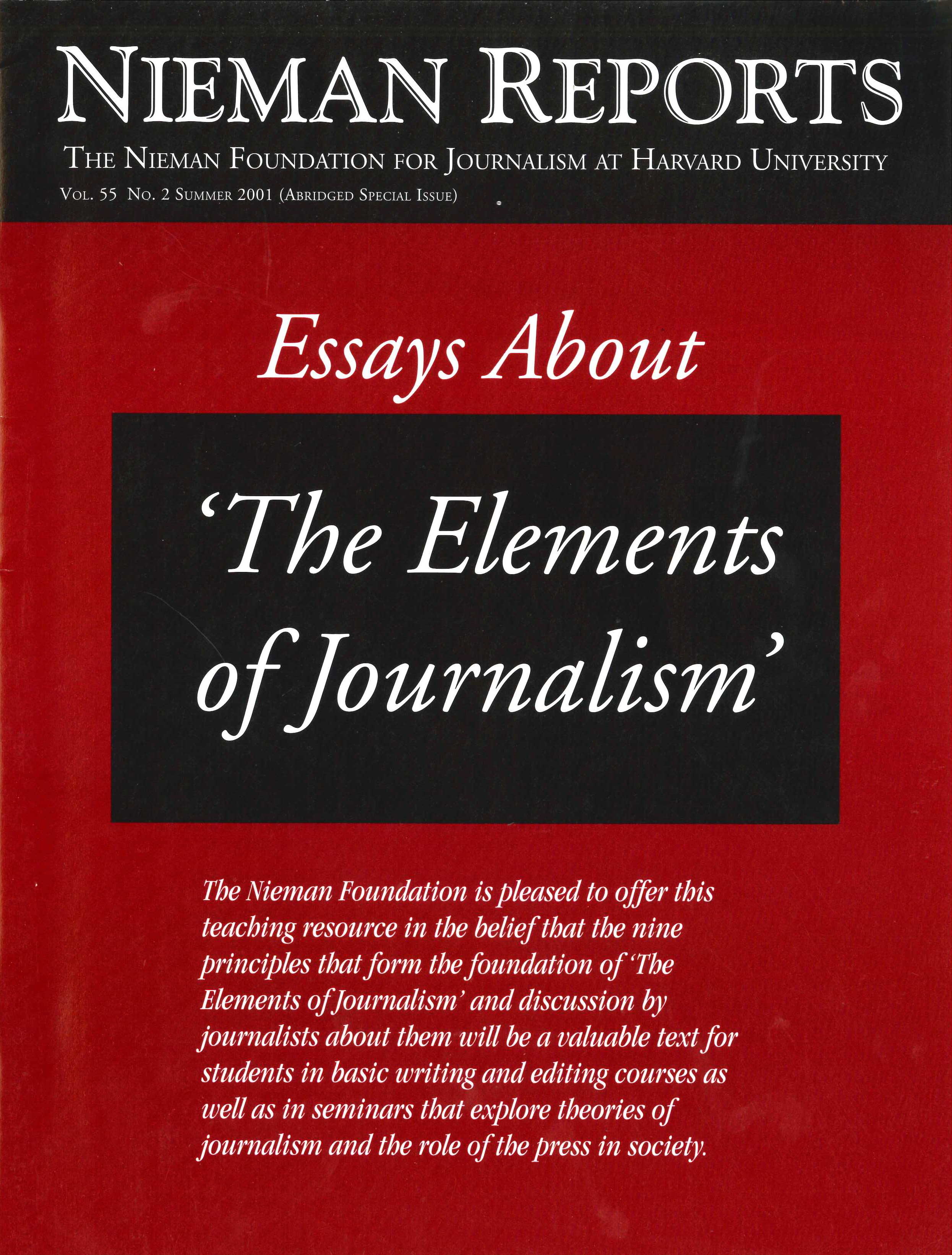My copy editor colleague was blunt: “I’m going to need proof that these people exist and that this is how they spell their names.”
Ouch. Was he questioning my integrity? My work mentioned dozens of people. Did he think I had unlimited time to prove the obvious? I took a deep breath and settled in with this reaction: gratitude. This editor, Jake Arnold, put our readers and our credibility with them first.
Accuracy is our journalistic Grail. At least we say it is. But, as members of the public remind us, we often fail to practice what we preach. In surveys, we learn that people are becoming more skeptical of the accuracy of our reporting, and many think newspapers run a lot of stories without checking them—not because we know they are true—but because other outlets have published the information.
We do fail our readers too often, from typos to oversimplification to factual mistakes to assumptions. When in doubt or in a hurry, we assume it’s right. What if we always assumed it is wrong?
Journalism demands a deliberate process of reporting, writing and editing which pauses at every step to examine rigorously whether the story is in danger of making a wrong turn. It requires high skill and commitment in negotiating minefields between confidence in journalistic principle and arrogance in practice.
Good writers and editors have systems, usually simple ones. Therese Bottomly, a managing editor at The Oregonian, marks anything in a story that causes her to pause—perhaps it’s not clear or doesn’t seem accurate. She reads on, then goes back over her marks with the writer. The key, Bottomly says, is to listen to her instincts and not drift into letting her small questions pass.
Another managing editor, Amanda Bennett, practices “prosecutorial editing,” adopting an attitude of skepticism that drives reporters to great distraction before publication and to great appreciation afterwards. Bennett emphasizes the importance of scrutinizing the “connective tissue” of stories—phrases that belie assumptions about motives or causes and effect—as closely as looking at facts.
Others seek out devil’s advocates, colleagues or members of the public who will question assumptions that underlie a story. They read portions of stories to experts, checking not only the facts and the accuracy of quotes, but also the way they’ve chosen to arrange them. As an editor, I’ve used a method I alternately call “the idiot treatment” or “the editor from Mars.”
I ask reporter colleagues to treat me as if I know nothing about journalism or the topic at hand and to explain how they’ve gathered and checked information and how they decided what to emphasize and what to leave out. I ask them to imagine what they might have learned if they’d asked a different question or found a different source.
My analogies are imperfect. After all, I do not believe readers are idiots or Martians. Still, it brings humor to a difficult process and acknowledges that I don’t have any greater claim to wisdom than the writer does. The system allows us to scrutinize the thinking and assumptions that shape the reporting, as well as what the reporter found and wrote. And it gives a name to a deliberate effort to test the work against the standards of the people who matter most and who are in the best position to judge us—the public.
It also helps to have an emotional connection to accuracy—fear of career failure, competitiveness, or experience in how wrong information disappoints and even harms. When I started in journalism nearly three decades ago, my connection derived from fear. I lay awake nights after writing or editing a story, at once excited to see my work in the paper and fearful I’d missed something or changed something for the worse. As I gained experience, I became jaded. Then, when I was public editor at The Oregonian, I saw how much accuracy means to readers.
One case hit me hard. The newspaper featured a local high-school band member in a photo on the local news cover. The picture was tailor-made to brighten the family scrapbook. And it might well have been the only time Julia Carr would see herself in her local newspaper.
But we misspelled her name in the caption. I cringed that we had failed a young person in such a basic way. The bandleader provided the wrong spelling, but our photographer accepted responsibility. In our newsroom, we discussed ways we could more carefully check names and spellings. I was proud we didn’t just shrug, blame the source, and move on.
In “The Elements of Journalism,” Bill Kovach and Tom Rosenstiel cite humility as the last of five “core concepts” embedded in journalists’ obligation to verify their work. I would list it first.
Michele McLellan, a 2002 Nieman Fellow, is special projects editor at The Oregonian and author of “The Newspaper Credibility Handbook: Practical Ways to Build Reader Trust,” published in April by the American Society of Newspaper Editors.


